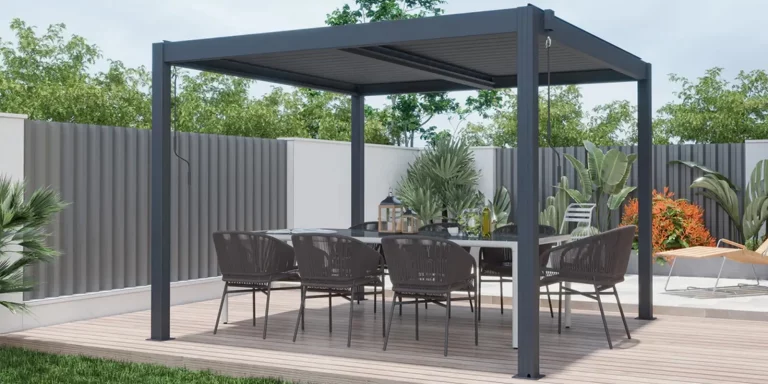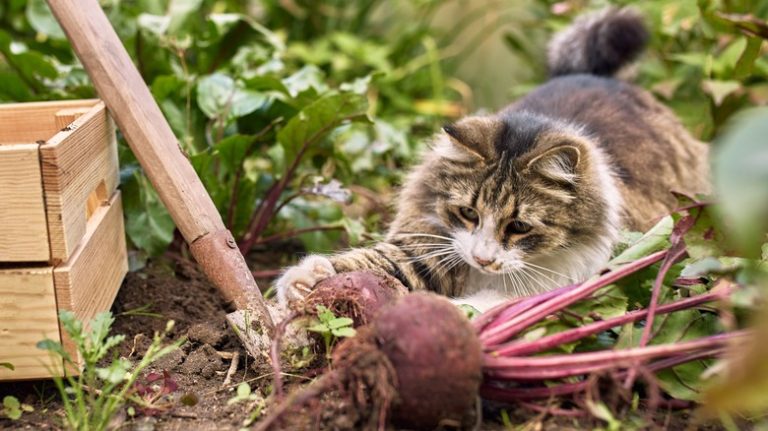We may receive a commission on purchases made from links.
It happens to the best of us. You buy a pair of shoes, perhaps Merrell Moab hikers or Nike’s new Ja Morant Hunger sneakers, and you love them so much that you get rid of all your old, underappreciated footwear. But what to do with your recently-emptied hanging shoe organizers? Well, the relentlessly positive, pleasant, and thorough YouTuber Angel Riveros has an idea: make a vertical garden.
With prices sky-high and supply chains more fragile than a stiletto heel at happy hour, we weren’t surprised to learn that people are growing their own food more than ever. But we were intrigued when we started seeing posts about vertical gardening sprouting on feeds everywhere while it seemed like every vertical farming startup was going out of business. But those vertical farms were tech startups being eaten by the economy, while these vertical gardens are ordinary people refusing to be eaten by inflation.
Vertical gardening is just what it sounds like: stacking plants on top of each other rather than laying them out side-by-side. Picture shelves in a shoe store: rows stacked atop rows of shoes in the wrong boxes. They do this because, if you laid them all out on the floor (much like a traditional garden), the store would be the size of Walmart. The same principle applies: You save a lot of horizontal space by growing up.
What you need to try this hack
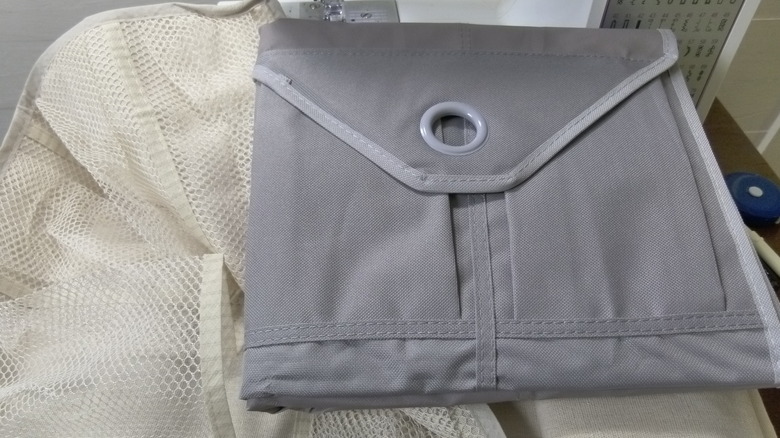
The idea of sticking herbs or petunias in shoe organizers isn’t new; people have long grown excessive amounts of petunias and thyme in them — often on a back deck or against a neighbor’s privacy fence. But Riveros does a couple of interesting things we wanted to try and touches on some key points.
One such point is that the organizer should be made of a material that won’t quickly decompose when wet. We didn’t want to do anything as pedestrian as wear our new Ja 1 Hunger shoes, so we bought an organizer at Walmart. We should have listened to Riveros more carefully, however, because he’s very clear that using a synthetic fiber (polyester, in his case) is essential. Unfortunately, we ended up with a cotton canvas one that would rot in no time. It also had open mesh pockets, which are great for shoes, but not exactly ideal for holding potting soil.
Luckily, we tracked down a synthetic one at Lowe’s ($19.98) that sported 24 pockets. (If in doubt, you can try a burn test to determine the material, though employees might look askance at your setting their merchandise on fire in the store.) Riveros split all of his pockets into two, but since we didn’t need to plant 48 petunias, we only did this to the bottom row by carefully cutting each in half with an X-Acto knife and sewing the top half to form a new pocket.
Walking a mile in the shoe organizer planter
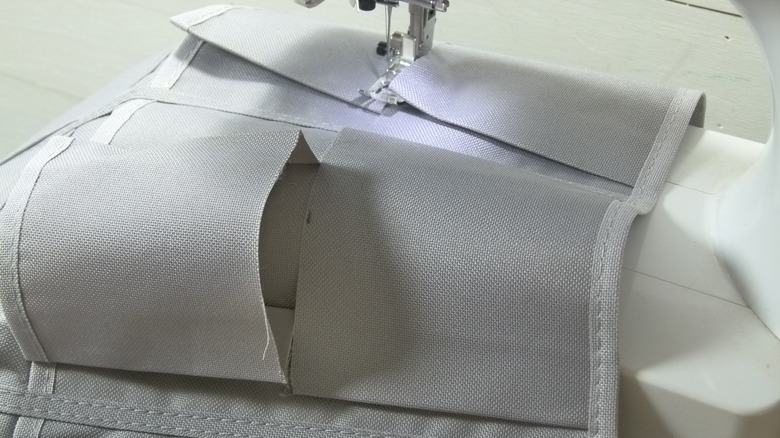
Dividing a row of the eight-inch pockets in half left us with eight tiny (3⅞-inch, to be exact) pockets. Sewing them was a little challenging because of the way the slippery pockets were folded, but it worked pretty well. Since we didn’t need 28 petunias, we borrowed an idea from another YouTube channel and used the top row to store gardening tools.
We then filled all the other pockets with potting soil. A YouTuber specializing in vertical gardening who goes by ThePlantCharmer recommends filling with a high-sided trowel, which proved helpful. The flatter trowel tended to spill soil, whereas the deep and steep-sided soil scoop ($1.24 at Walmart) worked great. Each pocket held about two heaping scoops of potting soil, almost precisely the volume of these six-inch azalea pots. The two rows of half-sized pockets held considerably less than half of that volume.
Finally, we punched four or five small drainage holes near the bottom of each pocket. It looked like the woven fabric would let some water through, but probably not enough to keep our plants from drowning. Because one side of the pocket is essentially against a wall, watering promised to be challenging once plants were in the organizer. However, the soil-filled pockets were easy to fill, and water conveniently drained from the top pockets to the ones below.
Pile your shoes in a closet and give this a try
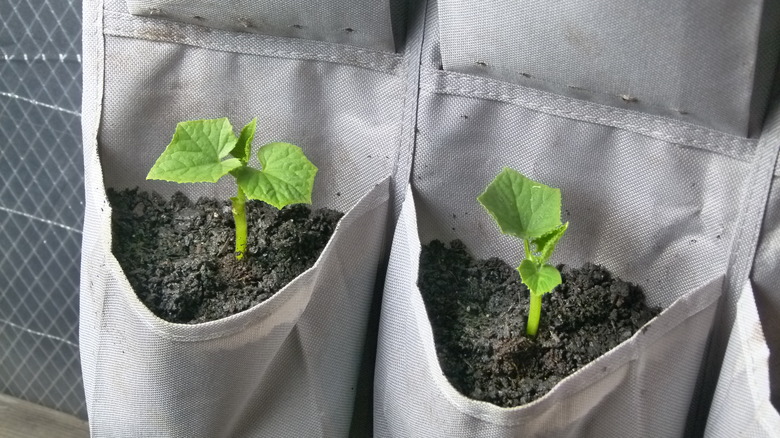
Ron Baker/Static Media
Sometimes hacks like this are either unnecessary or impractical in ways that make them pointless. This one, however, is pretty brilliant. The full-size pockets, made for pairs rather than individual shoes, hold a lot of potting soil — enough for many plants. However, the half-size pockets we sewed were far too small for most purposes, although potentially suitable for small succulents.
This is probably an ideal approach for an herb garden, but it would also work for large vining plants if you build suitable support structures that don’t undermine the vertical advantage. We used the hooks that came with the organizer, and they worked fine, but constantly threatened to move around. As such, you might be better off opting for sturdy cable ties.
We probably saw more water evaporation than you’d experience with a polypropylene pot, owing to the permeable fabric and the warm greenhouse. Still, every container is different in this regard anyway. You would ideally want to run some drip lines or at least water frequently.
Even though $20 is cheaper than what you might accomplish building a comparable wall of lumber and plastic pots, the price tag still struck us as a bit high. If you already have one of these lying around or can find them in thrift stores (which seems likely), you should try it. But go fast, because we’re leaving for the thrift store now.

